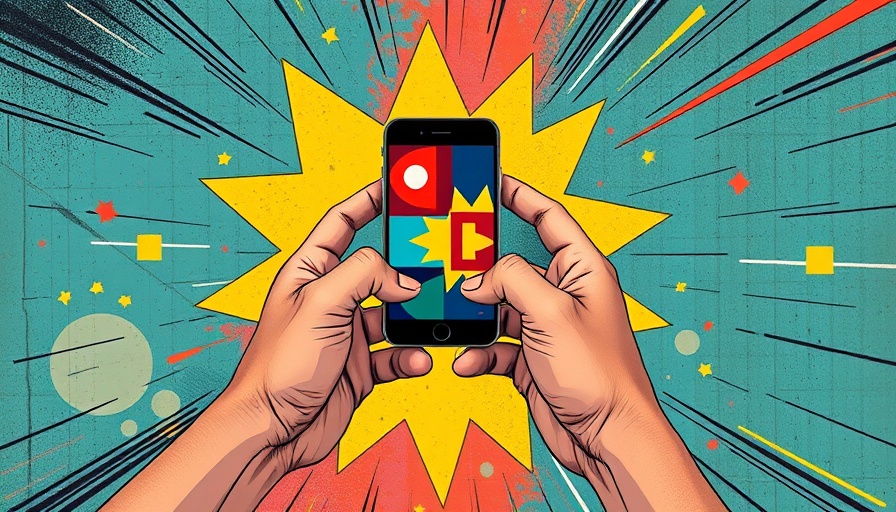
Understanding the Shift: Consumers’ Distrust in Marketing
In an era of digital saturation, trust in marketing channels is paramount for small businesses trying to make their mark. Recent studies reveal a startling trend: consumers harbor greater skepticism toward influencer marketing compared to traditional advertising. This shift presents both challenges and opportunities for brands looking to navigate the complex digital landscape.
Statistics That Highlight the Distrust
A survey by the American Marketing Association found that nearly 60% of consumers expressed distrust towards influencer-sponsored content, a figure significantly higher than the 45% distrust recorded for traditional advertisements. As influencers take center stage in marketing strategies, this disparity raises critical questions about the effectiveness and authenticity of these collaborations.
The Importance of Authenticity in Influencer Partnerships
For small businesses, the essence of influencer marketing lies in authenticity. Influencers are often seen as relatable figures, able to connect with audiences on a personal level. However, when their endorsements lack genuine connection or transparency, trust erodes rapidly. Businesses should prioritize influencers who genuinely align with their brand ethos and who foster real relationships with their followers.
Implications for Small Enterprises
For small business owners, understanding consumer sentiment is crucial. The distrust of influencer marketing could signal a return to traditional marketing practices or highlight the need for a more hybrid approach that balances influencer strategies with proven advertising methods. Given the unpredictability of consumer behavior, retaining a flexible marketing approach will benefit businesses in reaching their target audiences effectively while rebuilding trust.
Leveraging Alternate Marketing Avenues
In light of this skepticism surrounding influencers, small businesses might consider diversifying their advertising strategies. Tactics such as user-generated content, where actual customers share their experiences, can create a more authentic representation of a brand. Encouraging reviews and fostering community can help shift perceptions while enhancing credibility.
Future Trends in Marketing
As consumer preferences continue to evolve, the marketing landscape will redefine itself. Surveys show that brands prioritizing honesty, quality, and customer engagement will resonate more with skeptical consumers. In the coming years, we may see a trend towards brands creating deeper connections with their audiences through shared values and transparency, whether in influencer collaborations or direct marketing efforts.
Building Trust One Step at a Time
The battle for consumer trust isn't easily won; it requires strategic planning and execution. Small businesses should be mindful of aligning their marketing efforts with consumer expectations. Utilizing thorough data analytics, businesses can tailor their marketing campaigns to address potential pain points, ensuring they resonate well with their intended audience.
Actionable Insights for Small Businesses
- Evaluate existing influencer partnerships for authenticity and alignment.
- Explore new marketing channels to enhance credibility, such as user-generated content.
- Emphasize ongoing engagement with consumers to foster trust.
The distrust in influencer marketing serves as a lesson for brands: authenticity and transparency are essential to maintain consumer loyalty. As small businesses continue to adapt, leveraging direct consumer relationships may help bridge the gap in trust where influencer marketing has fallen short.
Ultimately, trust is built over time through consistent and genuine interactions. By pivoting their strategies and staying true to their values, small businesses can navigate the evolving landscape of marketing effectively.
 Add Row
Add Row  Add
Add 




Write A Comment